Flying Off the Map
Mission control: "Data - Are we going to fly off the map today?" We've all found ourselves without a map when we need one, but this is different. We headed to the South Pole today to run a baseline flight of highest priority. This is a first trip to the pole for the year and the data will be useful to many scientists working on different projects near the pole. It took about 5 hours to reach the pole, about 2 hours to collect our data, and about 5 hours back. Thank goodness we fly in the coolest plane in the sky! 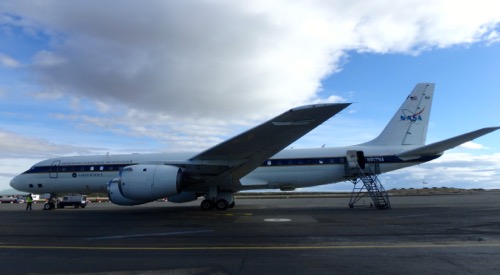
Mapping the South Pole
The map view was very peculiar near the pole as you might imagine. Here are some images that I collected as we approached. 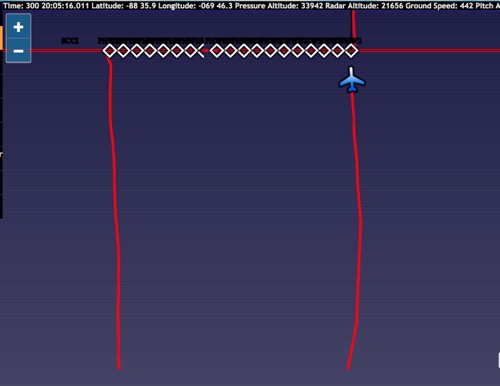
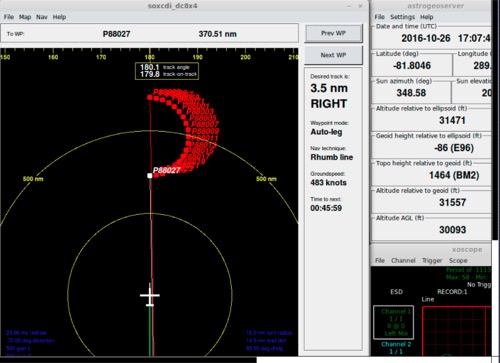
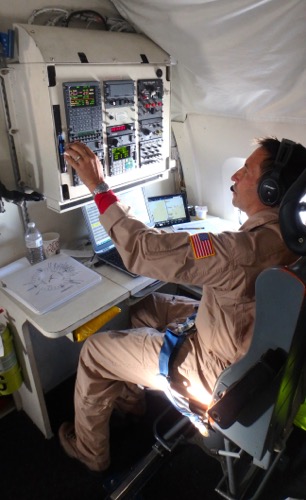
At the Pole
Flying low elevation above South Pole was avoided because of operations at South Pole Station, an American science base there. The south pole area has a good deal of radio frequency interference (RFI), has protected clean air space to the northeast, and several radio telescopes that we don't want to disrupt. So, as we approach we turned off our instruments (lasers and radar) 40 miles prior to passing overhead. South Pole Station is 12,000’ above sea level and is located in the most extremely remote place I have ever seen. It is thrilling to cross the South Pole, even for veteran mission command personnel. What an experience! 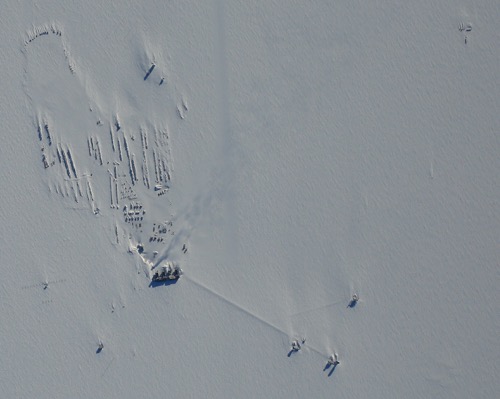
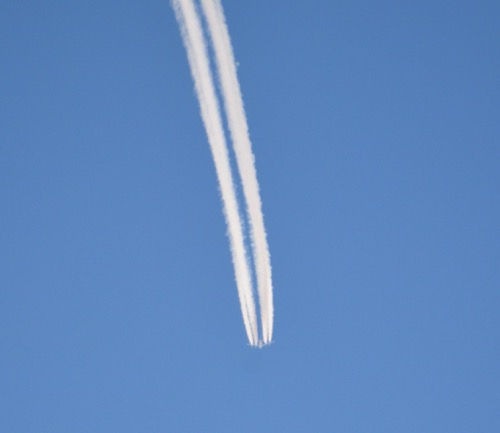
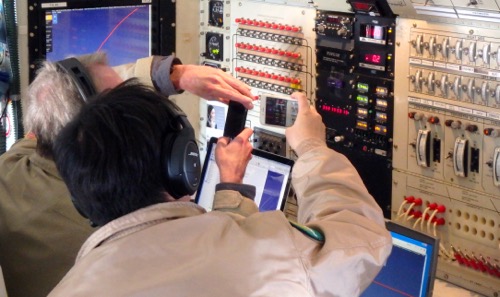
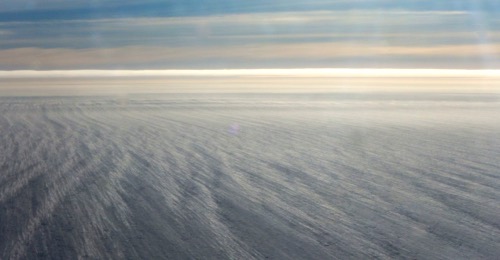
Our Long Commute
During our many hours of downtime, we entertain ourselves with various activities: classroom chats through XCHAT, reading, playing games, sleeping, discussions, and on the hour, some pushups! Having enough gas is always an area of concern. Fuel supply is calculated carefully so that there is enough fuel not only to get back to Punta Arenas but also to get 200 miles farther north to Balmeceda, Chile, in case our regular landing area is not available or there is severe weather at Punta Arenas. Even with this extra allowance, it is always very close. One pilot stated that we had a “thimble full” of extra fuel on board. While I hope that is a large thimble, I greatly admire the level of mathematics involved in the myriad of calculations necessary to make safe flights in extremely remote areas. 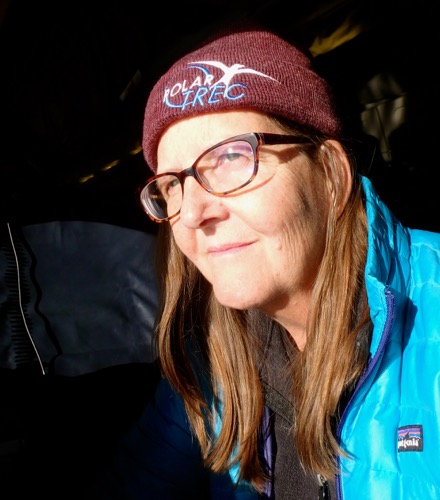
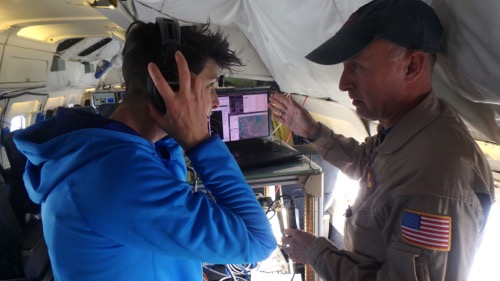


Comments